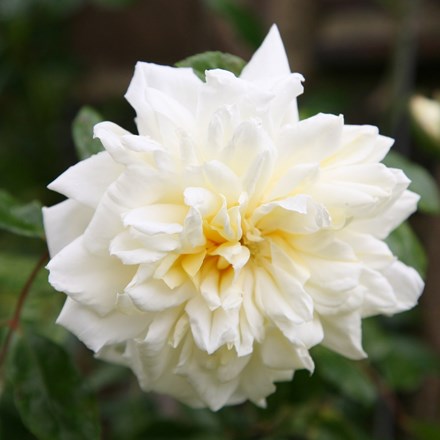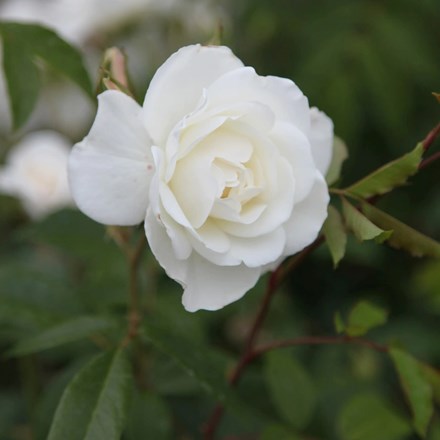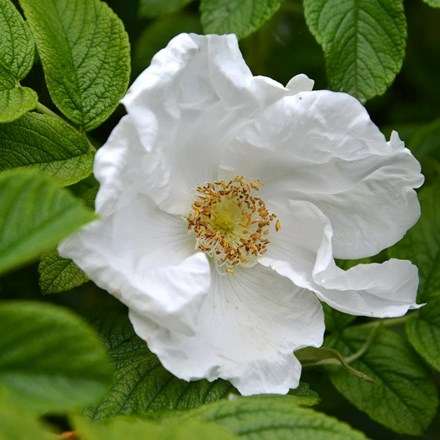Rose bushes may struggle to establish if they are planted poorly,
given little in the way of aftercare or planted where a rose has
been planted before. Even if properly planted, rose bushes are
susceptible to a few pests and diseases, but these issues can be
fixed with proper care and attention.
Rose Replant Disease
Rose bushes may suffer from a sickness known as replant disease.
Replant disease occurs when a plant is replaced with the same type
in the same position. For most plants this doesn’t cause an issue
but for some, including roses, the new plant will fail to thrive or
grow well.
This doesn’t just occur in areas where the previous plant was well
established. The roots of the previous plant only need to have been
in the soil for a few months for this to occur. In severe cases
replant disease can cause the new plant to die and the fine roots
might turn rotten or grow poorly.
However, this issue can be fixed fairly easily by lifting the plant,
shaking off all the soil and replanting it in a different site. The
plant often recovers if these steps are taken.
Rose Black Spot
One other problem that these plants face is rose black spot. This is
the most serious rose disease. It is caused by the fungus
Diplocarpon rosae which infects the leaves and greatly reduces plant
vigour.
Large purple or black patches appear on the leaves in spring and
they turn yellow and drop. Small black lesions might also appear on
young stems. Plants that are badly affected might lose all their
leaves.
To fix this issue make sure to collect and destroy any of the fallen
leaves in autumn and prune out the lesions in spring. This will help
to delay the onset of the disease.
Use fungicides such as tebuconazole (Bayer Fungus Fighter
Concentrate), tebuconazole with trifloxystrobin (Bayer Fungus
Fighter Plus), and triticonazole (Scotts Fungus Clear Ultra and
Scotts Fungus Clear Ultra Gun) to help keep in control of the issue.








